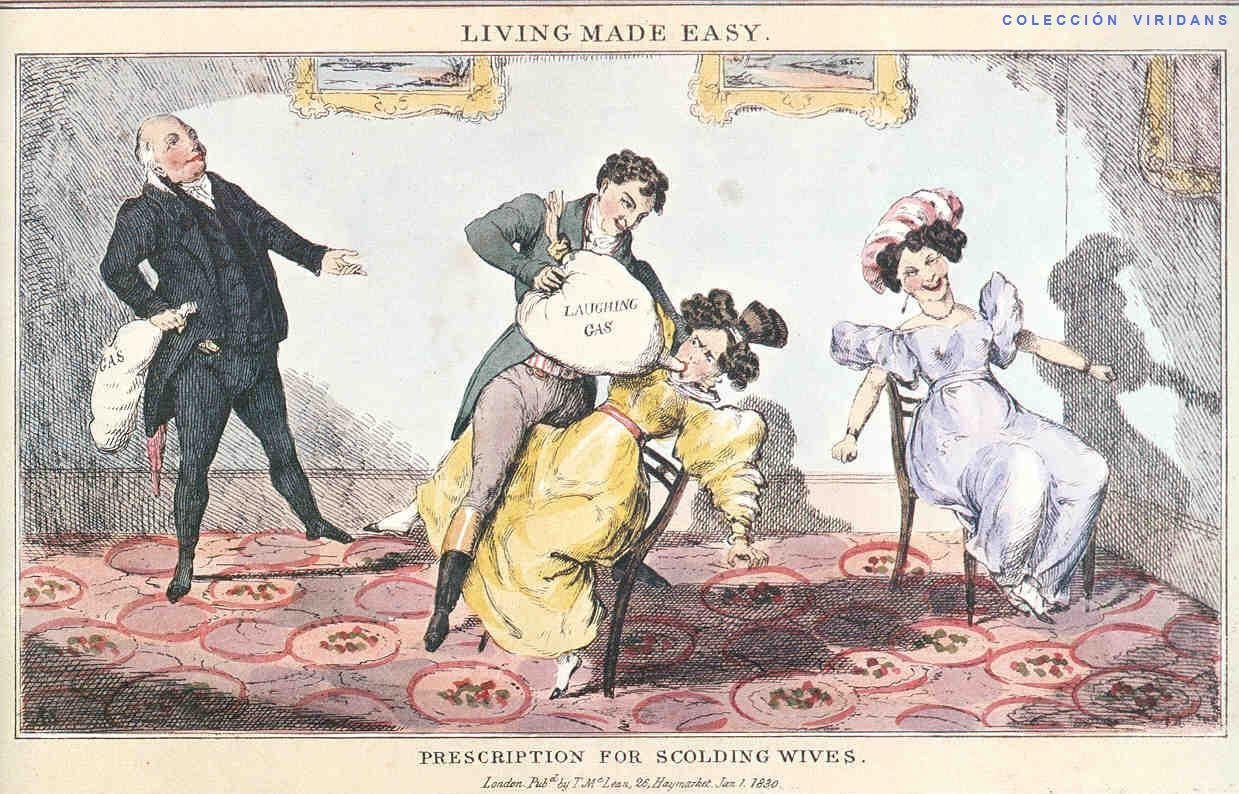
Short: The Safety Profile of Nitrous Oxide
It is an oft cited misconception that Nitrous Oxide is an extremely harmful and risky drug because all “Inhalants” cause severe organ damage. This is a simply a myth and it's about time to set the record straight.
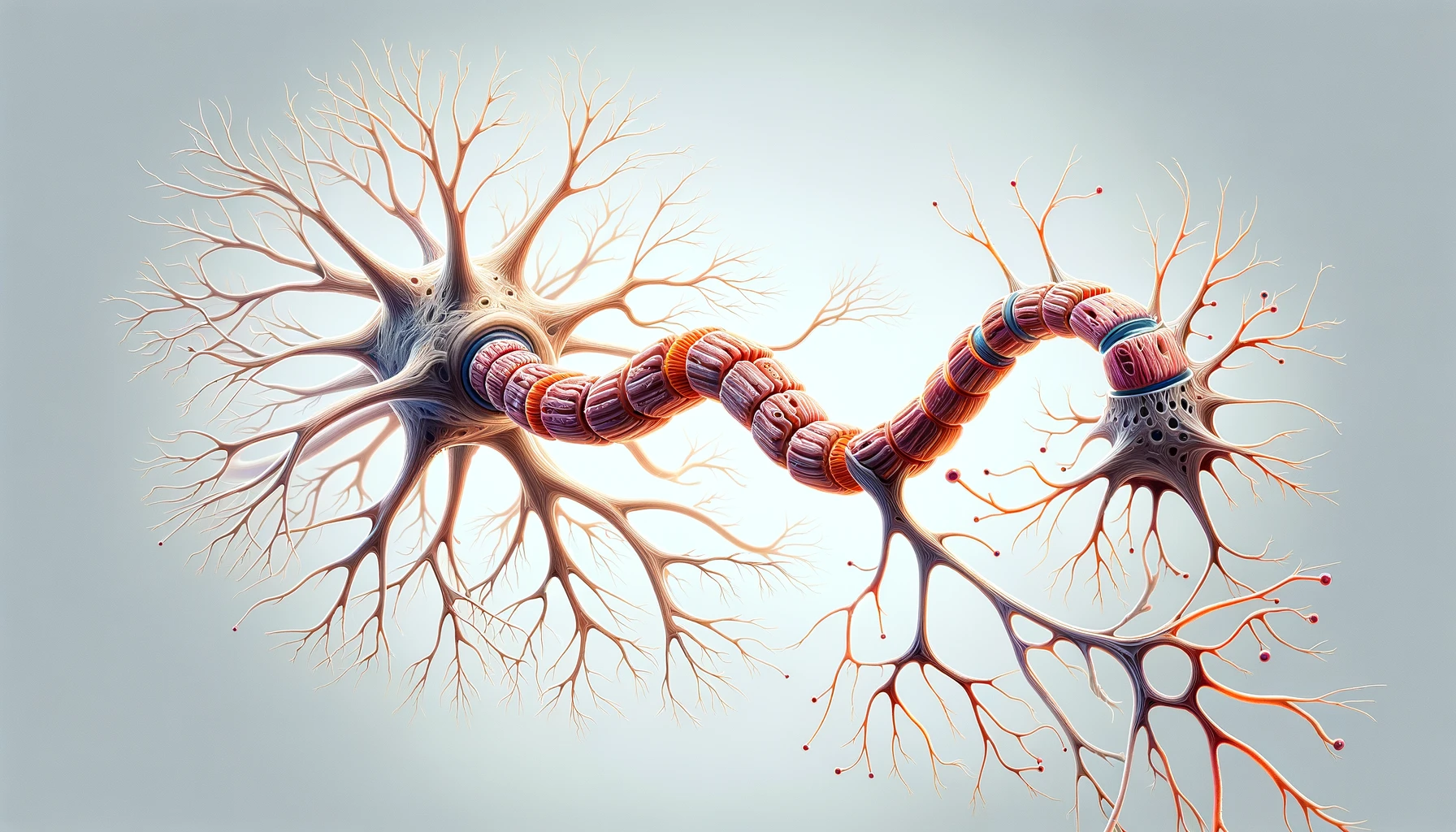
What Does a Neuron Actually Do?!
In numerous previous articles, we discussed ligands binding to receptors and influencing a neuron’s activity. Today let’s delve into how a neuron actually functions and look through an example of a standard activation of a neuron.
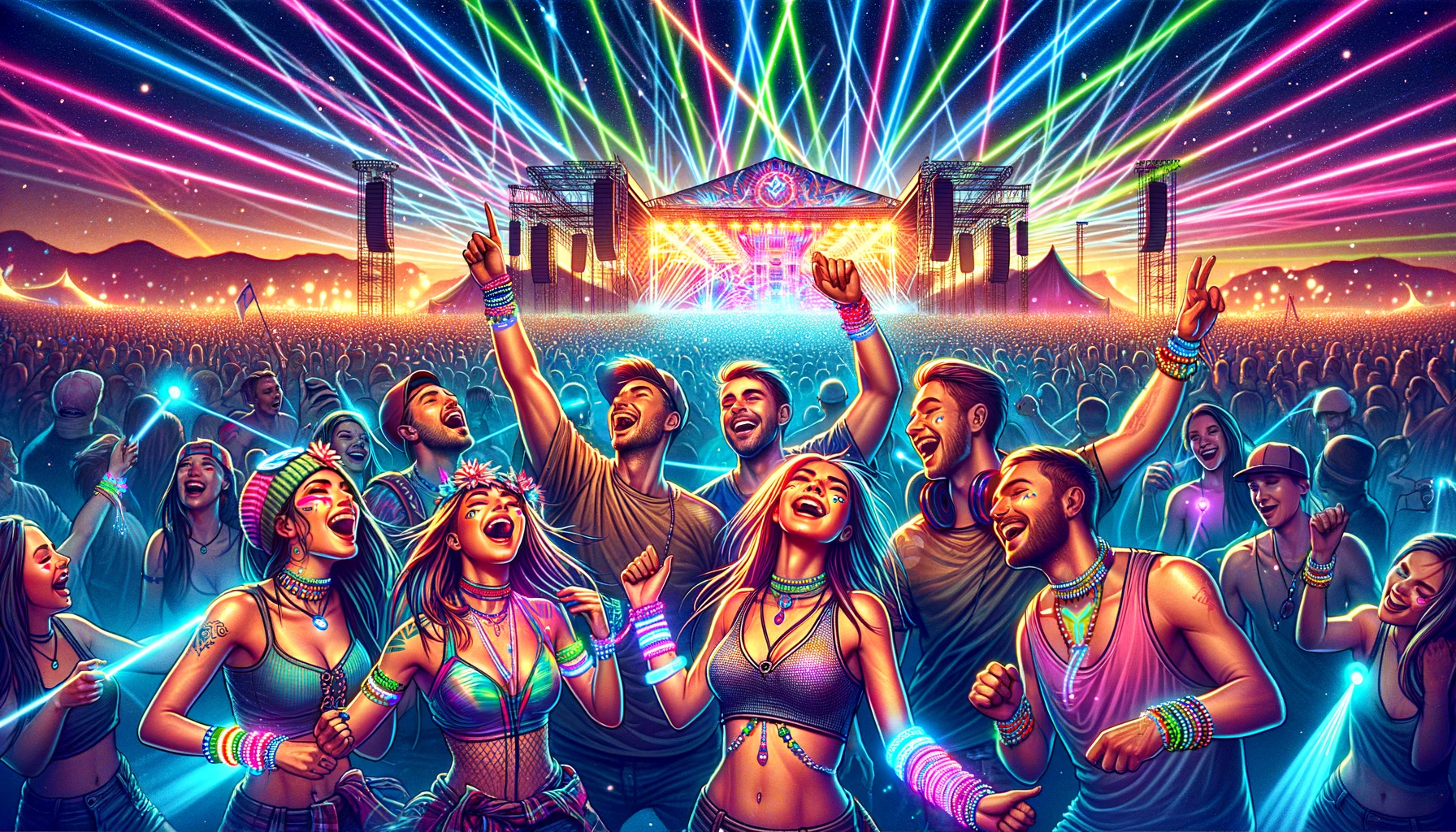
How Does MDMA work? Is Combining MDMA and SSRIs Actually Dangerous?
Ahhh MDMA, one of the hall of famers of recreational drugs. A magical pill/powder that takes away your worries and replaces all your negative thoughts with overwhelming love, affection, euphoria, and contentness. A veritable love potion if one can even exist. Millions swear by this little compound, but few understand how it really works.
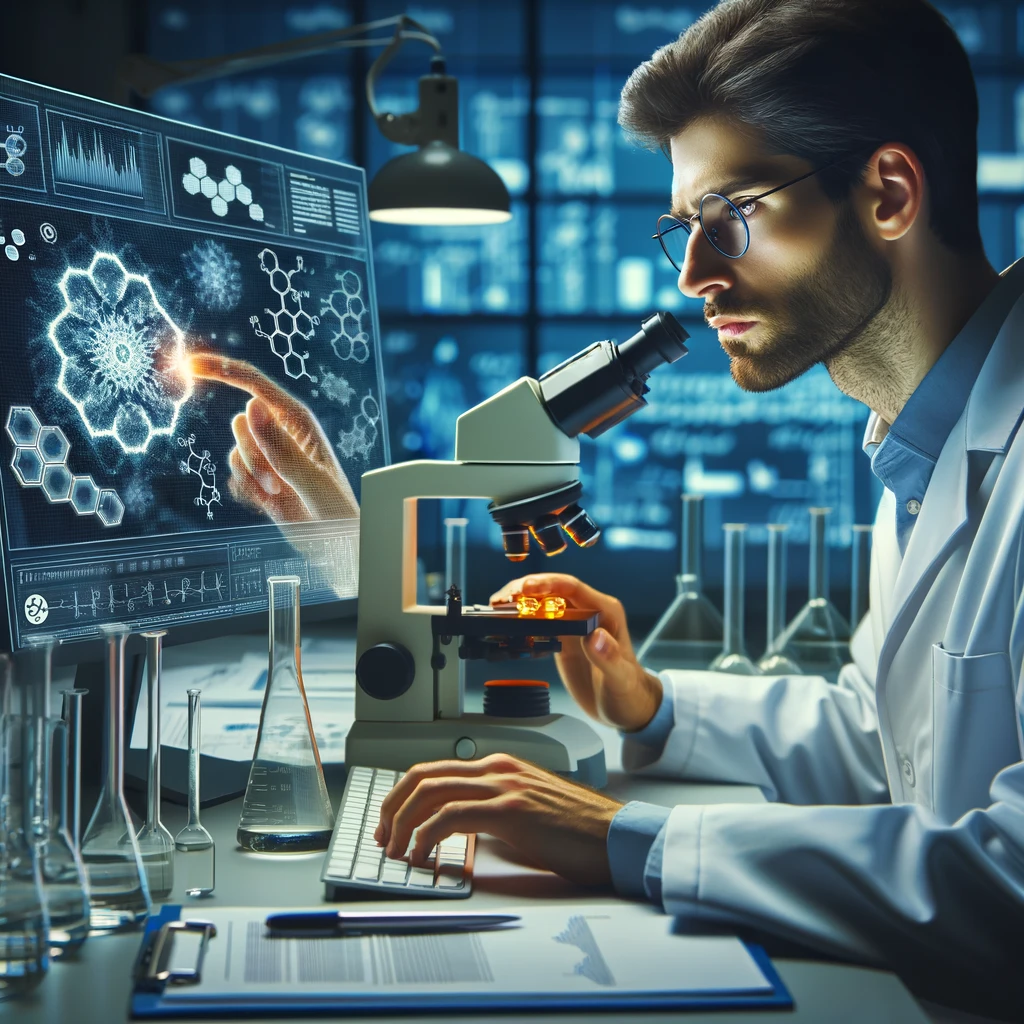
Defining a Drug’s Strength. What is Potency? What is Intrinsic Activity?
There are numerous ways to define how strong a drug is, but from a pharmacological perspective there are two major axis: Binding Affinity and Intrinsic Activity.

Glutamate: The Tastiest Neurotransmitter
Glutamate is one of our most important neurotransmitters, but our taste buds also utilize it to signal umami taste. Is this purely a coincidence? In this article we’ll go over the basic functions of Glutamate as well as delve into why Glutamate is the tastiest neurotransmitter.

The Drugnerd Combo: An Exploration Into Mimicking the Effects of Drinking Alcohol
Ah alcohol, man’s true best friend. But despite its long storied history with humanity, it is also one of the most risky and dangerous common available drugs out there. Luckily, with modern science, we can postulate potential mixtures of other compound that work together achieve the complex set of pharmacological effects of Ethanol while minimizing its toxic organ damaging effects.

EA-3167: Into the Never-ending Abyss
With thousands of psychoactive substances in the world across dozens of major drug classes, a frequent question that pops ups is: What is the most frightening or nightmarish substance on earth?
One drug stands a league ahead of the rest as perhaps the most scary compound known to man, and that is the chemical weapon research compound: EA-3167
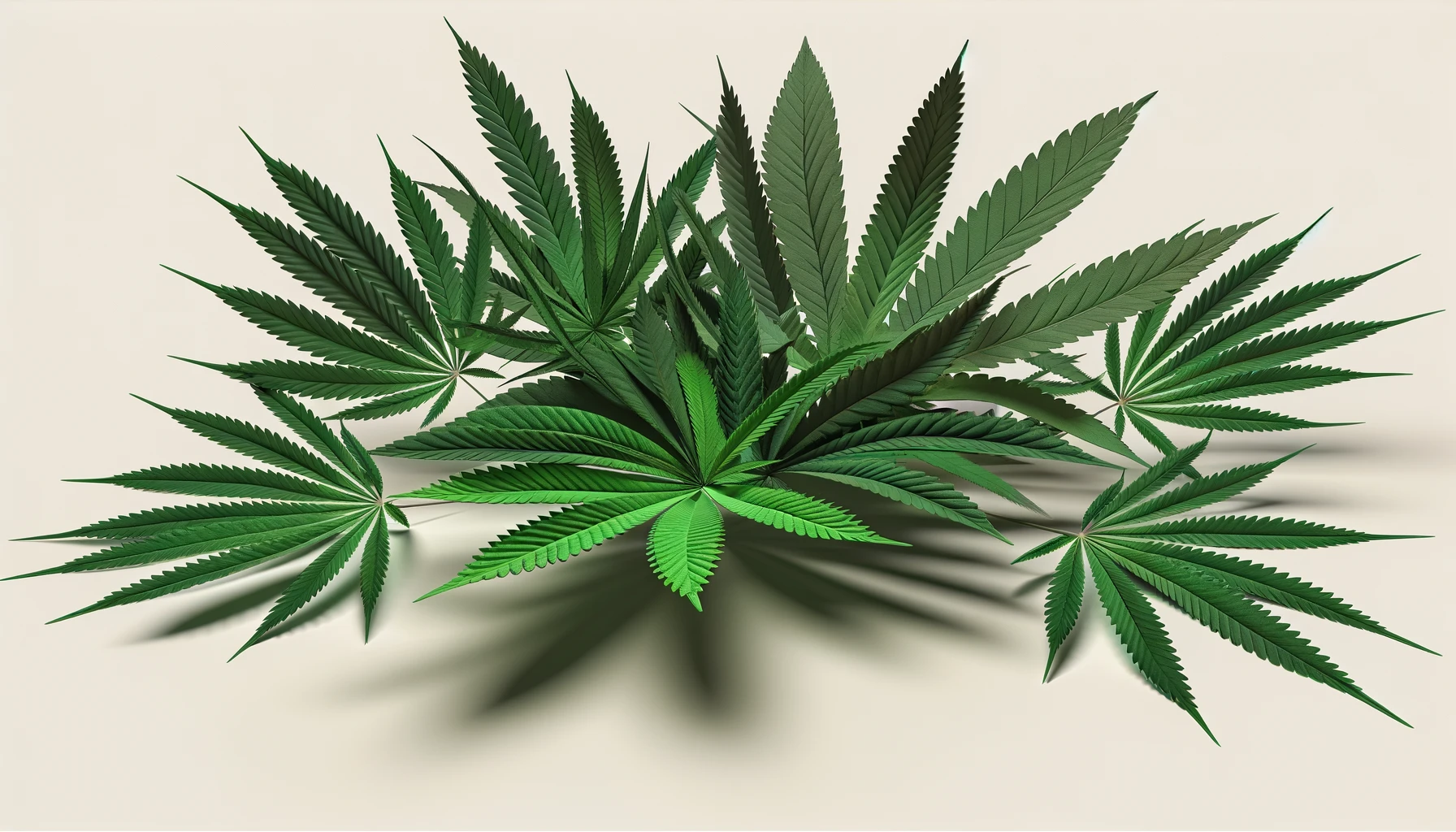
What’s the Deal with Synthetic Cannabinoids… Are They All Dangerous?
Ah weed, one of the most popular and lowest risk recreational substances out there. Although not without any dangers, weed itself is generally seen as one of the safest drugs to ingest with regularity. However, there’s a lot of talk about synthetic cannabinoids and their seemingly huge risk potential. So…

How Does Nausea Work and How Do We Stop It?
Nausea and Emesis (vomiting) are not only uncomfortable experiences, but are important biological mechanisms to protect our bodies should we detect the injection of poisons and spoiled food.
As helpful as these responses are, it is an unfortunate fact that they are sometimes overactive and react incorrectly to non-harmful stimuli such as being on a boat or ingestion of psychedelics.

Various Drugs that Affect the GABA A Receptor
Gamma Amino Butyric Acid aka GABA is the primary inhibitory neurotransmitter in the brain and it acts to oppose Glutamate, the primary excitatory neurotransmitter brain. As mentioned previously, there are two primary Gabanergic Receptors: the Ionotropic GABA A receptor, and the G-protein coupled GABA B receptor.
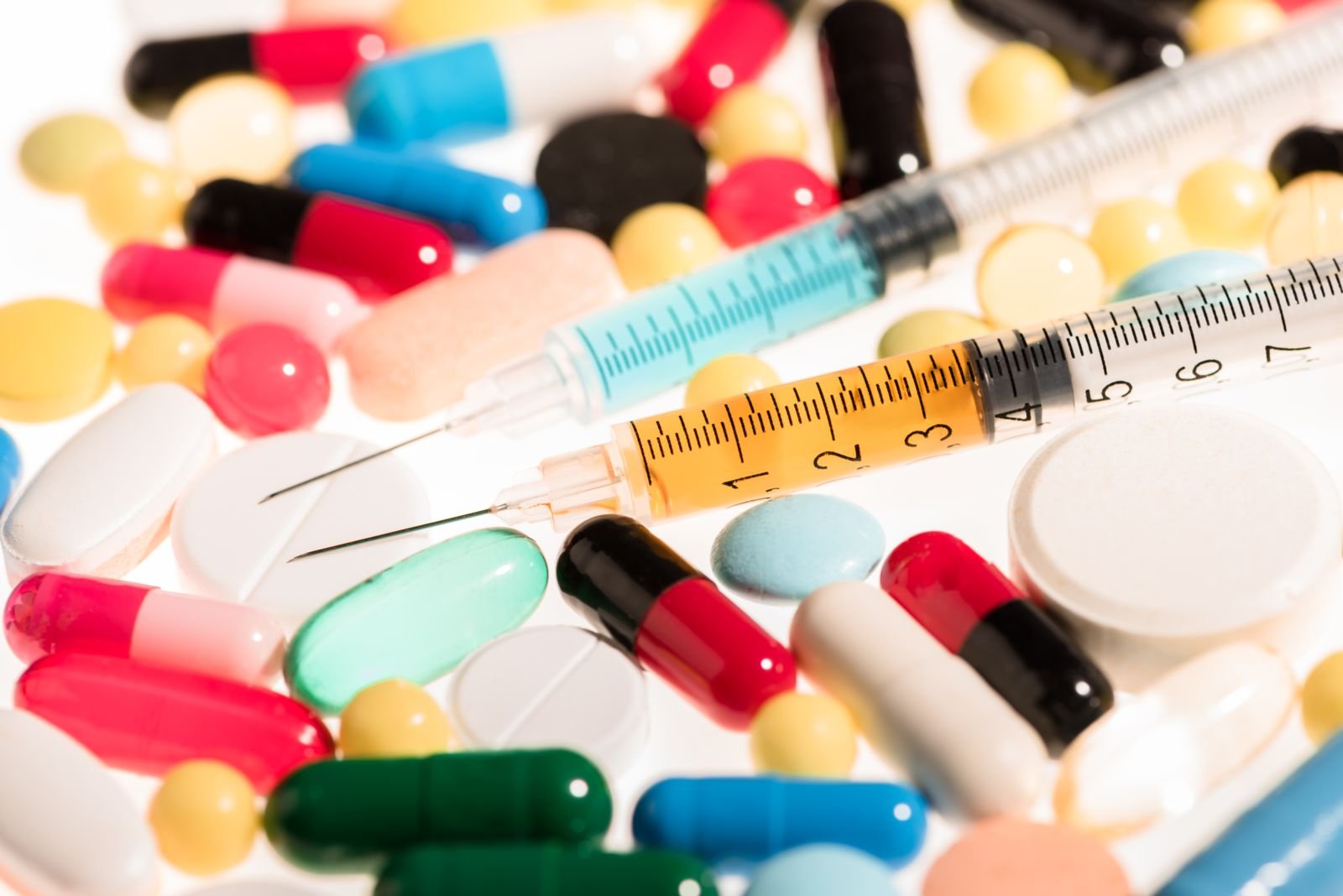
The Major Drug Classes and Their Subjective Effects
There are thousands upon thousands of psychoactive compounds and seemingly millions of different possible effects! How do we make sense of all of this? Is there a catalog of all the possible types of drugs and what they do?

Ok, Dopamine MUST be the Happiness Molecule Then... Right?
Dopamine has perhaps a much more straightforward and direct relationship with both reward and pleasure, and so this statement is somewhat more correct than the one about serotonin. But the reality, is as usual, far more complicated and interesting.

Serotonin, is it Really the Happiness Chemical?
As the science of our brains slowly becomes more widely known, the neurotransmitter Serotonin has become a relatively commonplace phrase among laymen. Pop science media frequently has dubbed the compound "the happiness chemical" and equates lowered levels with depression. This all sounds good, but the question is, is it even true?

Pharmacodynamics Basics. What the hell is an agonist or antagonist?
Pharmacodynamics is the study of the biochemical effects and mechanism of action of a drug or substance. This field concerns itself with how the drug causes its effects on your brain and body once it is absorbed. This will be a quick introduction to the major components of pharmacodynamics and will introduce common jargon that will be referenced in future entries.
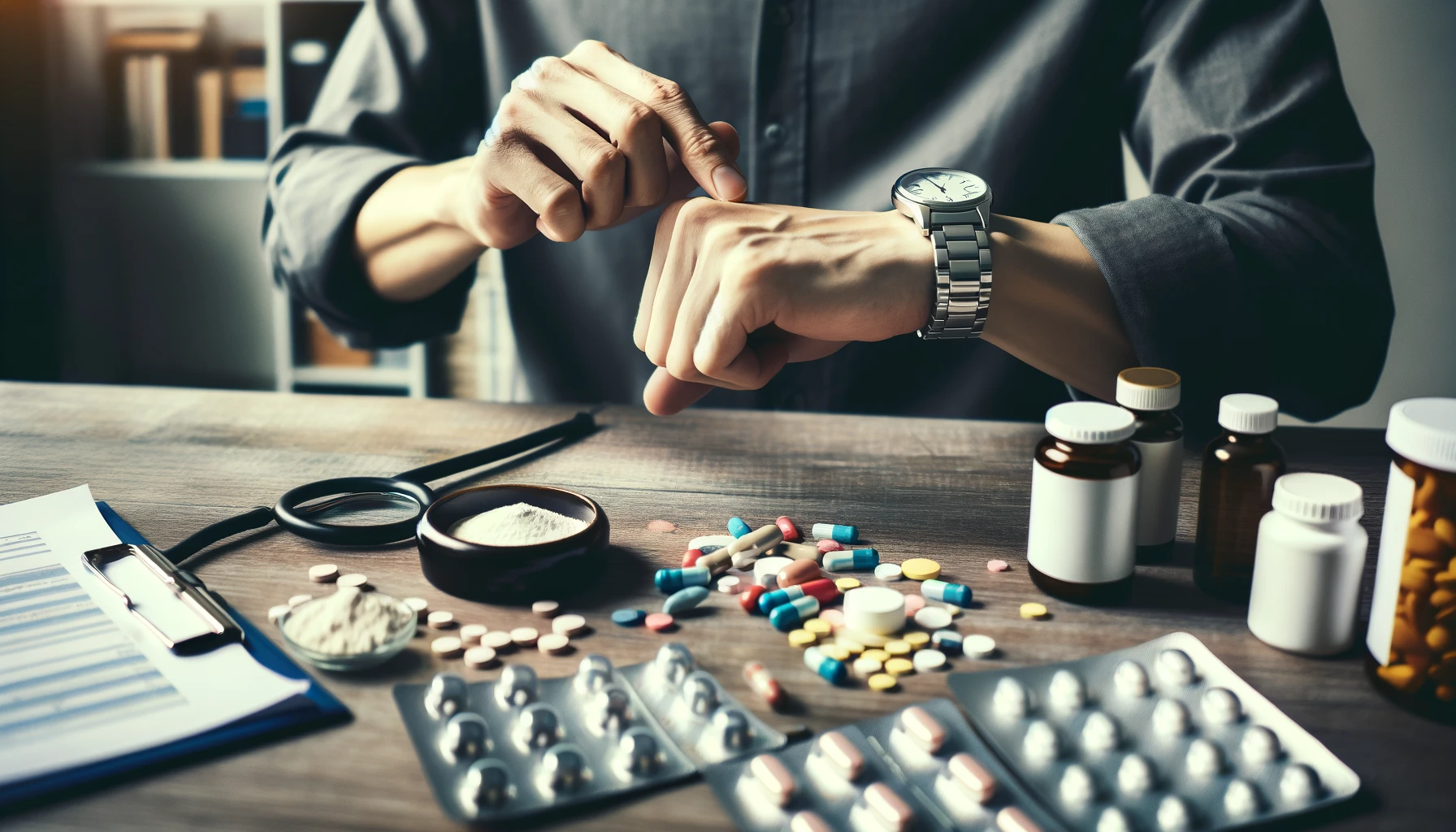
What determines a drug's speed of onset?
A pharmacokinetic discussion of why some drugs take longer to come up than others
